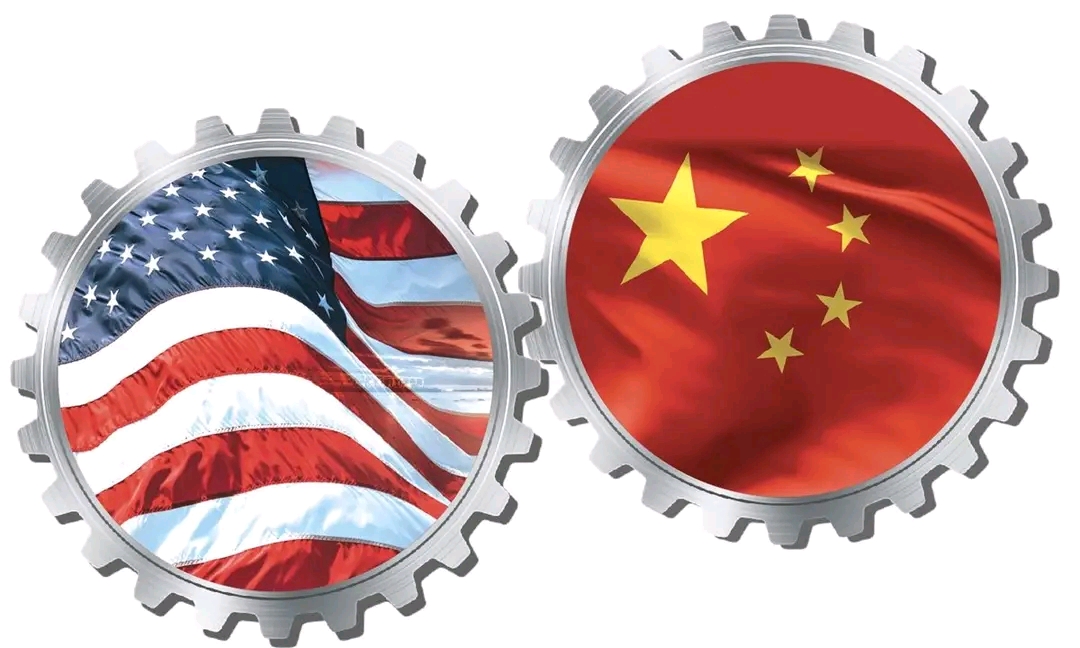By Angelo Giuliano
The recent U.S.-China tariff détente in Geneva marks a pivotal moment in global trade dynamics, revealing both tactical retreats and unresolved vulnerabilities. Below is an expanded analysis synthesizing geopolitical, economic, and strategic dimensions from the latest developments:
**1. Geneva Breakthrough Underscores Collapse of Trump’s China Policy**
The May 12, 2025 joint statement neutralized Trump’s aggressive trade war tactics, which had escalated tariffs to 145% on Chinese goods, effectively creating a de facto trade embargo . The agreement, negotiated in Switzerland’s neutral setting, reflects Beijing’s diplomatic finesse. Chinese Vice Premier He Lifeng emphasized the talks as “candid, in-depth, and constructive,” highlighting a shift from previous stalemates . While U.S. officials framed the deal as a “fresh start,” analysts note it underscores the failure of Trump’s maximalist approach, which risked global recession and supply chain collapse . China’s state media praised the outcome as “balanced and beneficial,” contrasting sharply with public skepticism on Chinese social media, where users criticized Trump’s unpredictability .
**2. U.S. Tariff Cuts: A Strategic Retreat Masked as Victory**
The U.S. agreed to slash “reciprocal” tariffs from 125% to 10%, though the *effective* tariff rate on Chinese goods remains 30% due to pre-existing fentanyl-related duties . This reduction—framed by Trump as a “historic win”—is a tactical retreat to avert economic calamity. The initial 145% tariffs had triggered a 1.4% projected GDP contraction and panic among U.S. importers, with companies like Basic Fun scrambling to resume shipments of toys and electronics . China’s reciprocal 10% cut was largely symbolic, as its economy had already absorbed earlier shocks through rare earth export controls and domestic stimulus .
**3. Beijing’s Cooperative Rhetoric vs. Strategic Leverage**
The agreement’s emphasis on “sustainable, long-term mutual benefits” mirrors China’s longstanding advocacy for multilateralism . However, Beijing’s April 2025 suspension of rare earth exports—critical for U.S. tech and defense—exposed America’s dependency. Despite a $295 billion U.S. trade deficit with China in 2024, Beijing retained leverage, forcing Trump to backtrack to avoid recession . The establishment of a bilateral consultation mechanism, led by U.S. envoys Bessent and Greer and China’s He Lifeng, offers a veneer of cooperation but leaves structural issues like industrial subsidies unaddressed .
**4. Economic Reprieve Amid Persistent Risks**
Markets surged globally, with the S&P 500 rising 3% and the Nasdaq entering a bull market . However, economists caution that tariffs remain historically high—U.S. effective rates (13.7%) are the highest since 1910—and recession risks persist at 45–55% . Supply chains face renewed strain as importers rush to restock, with port delays and shipping cost spikes anticipated . Small businesses like Drew Cleaver’s hanger company remain crippled by confusing tariff calculations, now double pre-Trump levels.
**5. Trump’s Incoherence vs. China’s Calculated Silence**
Trump’s erratic media outbursts, including threats to “slingshot tariffs higher,” contrasted with Beijing’s disciplined silence—a strategy likened to Putin’s Ukraine negotiation tactics . Behind the scenes, Trump’s team acknowledged the need to “save Christmas” by avoiding empty shelves, revealing sensitivity to domestic backlash . Meanwhile, Chinese officials privately expressed alarm over potential isolation as allies like Japan and Vietnam pursued bilateral deals with the U.S. .
**6. Fractured Alliances and Future Flashpoints**
Trump’s anti-China coalition crumbled as Japan and South Korea prioritized regional trade talks with Beijing . While the UK’s “bespoke” deal provided a template, it failed to rally broader support, isolating U.S. demands . Looking ahead, sector-specific tariffs on semiconductors, pharmaceuticals, and aerospace loom, with the 90-day truce set to expire in August . The South China Sea and Taiwan Strait remain potential flashpoints, where U.S. naval patrols and Chinese military drills could reignite tensions .
### **Conclusion: A Fragile Truce with Global Implications**
The Geneva deal offers temporary relief but underscores enduring asymmetries. China’s economic resilience and strategic patience outmaneuvered Trump’s brinkmanship, yet both nations remain entangled in a high-stakes rivalry. As Bessent noted, the agreement avoids “decoupling” but leaves critical issues unresolved .
With Trump hinting at future escalations and Beijing wary of U.S. reliability, the truce’s longevity hinges on whether pragmatic dialogue can override political posturing. For now, the world economy breathes easier—but the specter of renewed conflict lingers .
